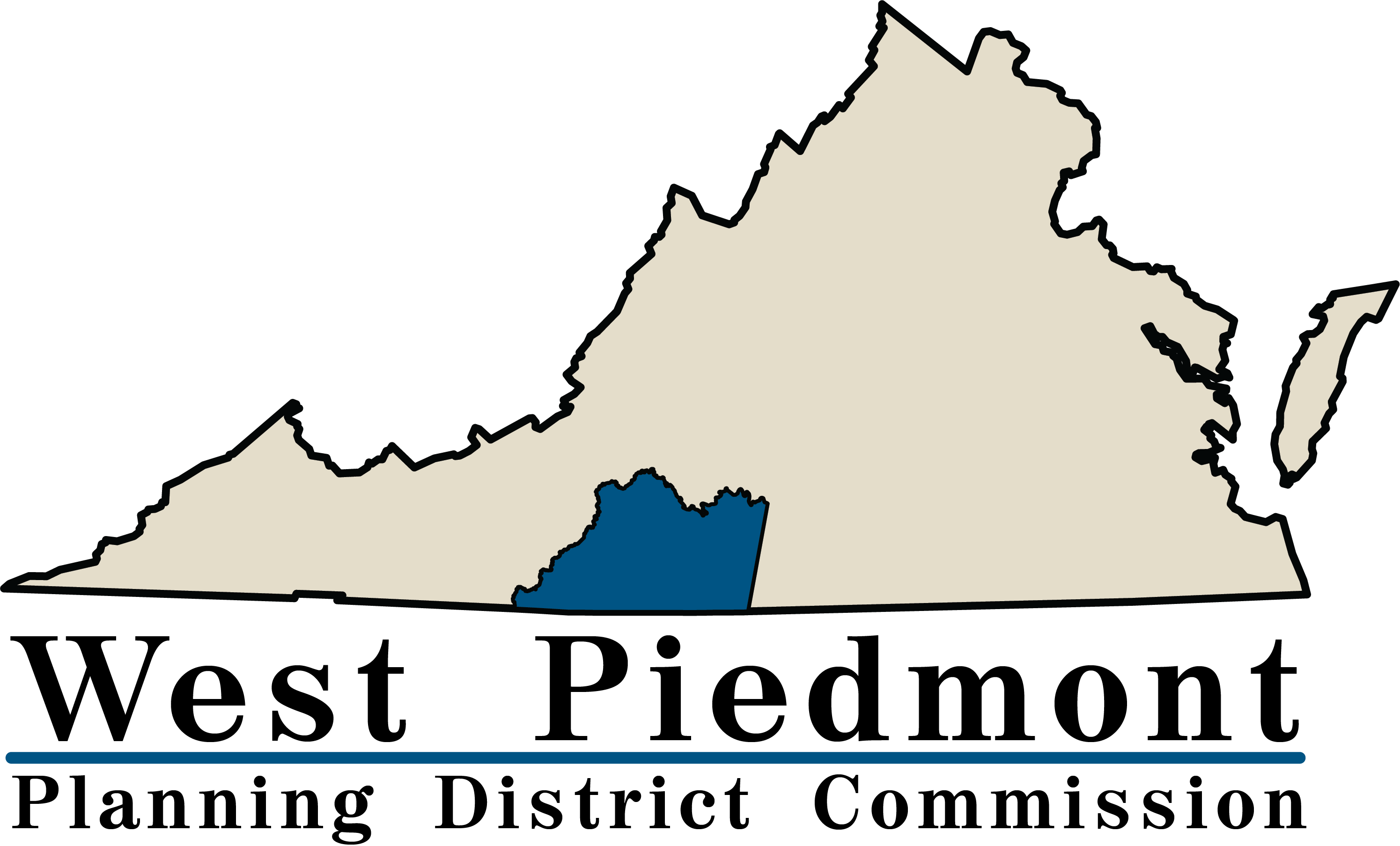Natural Resources
The Commission monitors issues to assure that the region’s land, water, and air are conserved, managed, and protected for the benefit and enjoyment of all people, including future generations. As such, a number of objectives are carried out in this role including coordination and provision of environmental information and resources; assistance in planning and financing the provision of sanitary sewerage and water systems, transportation, and other public systems in an effort to protect and improve the natural and human environment; monitoring of environmental resources and conditions and advise local governments of changes in conditions and the need for appropriate planning and management techniques that may be employed; provision of up-to-date information to member localities on actions potentially affecting the water, land, timber, and other natural resources across the District; update of the Regional Water Supply Plan and the Regional Water and Wastewater Disposal Plan to reflect the input that may be retained from local sewer and water plans and reflect the changes that have occurred in growth patterns throughout the District as well as altered federal and state regulatory and funding policies; assistance to local governments in conjunction with legislation and rules promulgated by federal and state governments affecting the management of landfills, stormwater, solid waste handling, disposal, and reuse or recycling; and assistance in the development of comprehensive environmental studies or implementation of environmental projects such as watershed implementation plans, best management practices, and other related work activities.
West Piedmont Regional Water Supply Plan
In 2006, work got underway on development of the first of a three-phased Regional Water Supply Plan that the Commonwealth of Virginia requires of all localities. West Piedmont Planning District Commission coordinated the development of the plan in conjunction with the cities of Martinsville and Danville; the counties of Henry, Patrick, and Pittsylvania; and the towns of Ridgeway, Stuart, Chatham, Gretna, and Hurt. Franklin County and the Town of Rocky Mount participated in the Roanoke Valley/Allegheny Regional Commission’s Regional Water and Sewer Plan since they joined the Western Virginia Water Authority and are served primarily by the Authority in the northern portion of the County.
The Local and Regional Water Supply Planning Regulation (Chapter 780 – Local and Regional Water Supply Planning) established a planning process and criteria that all local governments used in the development of these water supply plans. The plans were reviewed by the Virginia Department of Environmental Quality (DEQ) and a determination made by the State Water Control Board whether the plans comply with this regulation. In addition, the plans will be reviewed every five years to assess adequacy and significant changes will require the submission of an amended plan and review by the Board. This regulation was developed to implement the mandate of Senate Bill 1221 (2003, c.227, SB1221), which requires that “The Board, with the advice and guidance from the Commissioner of Health, local governments, public service authorities, and other interested parties, shall establish a comprehensive water supply planning process for the development of local, regional, and state water supply plans consistent with the provisions of this chapter.” The purpose of this regulation is to protect the health, safety, and welfare of citizens by requiring local and regional water supply planning. The goal of this regulation is to establish a basic set of criteria that each local or regional water supply plan must contain so that they may plan for and provide adequate water to their citizens in a manner that balances the need for environmental protection and future growth. The West Piedmont Regional Water Supply Plan was completed in November 2011 and included a public participation component.
Organization of the West Piedmont Planning District Commission (WPPDC) Regional Water Supply Plan (Plan) generally follows the State Water Control Board’s regulation 9 VAC 25-780, Local and Regional Water Supply Planning. The major sections in the Plan include information on water sources, water use, and natural resources in the region; water demand management information including population and demand projections, water conservation practices, and drought response and contingency planning; a statement of need and alternatives analysis; and information on public participation. This executive summary provides a summary of the regional approach as well as a summary for each of the ten participating jurisdictions. The Plan consists of the following sections:
Section 2 – Evaluation of Existing Water Supply
Section 3 – Existing Water Use Information
Section 4 – Existing Resource Information
Section 5 – Projected Water Demand Information
Section 6 – Water Demand Management Information
Section 7 – Drought Response and Contingency Plans
Section 9 – Water Source Alternatives
